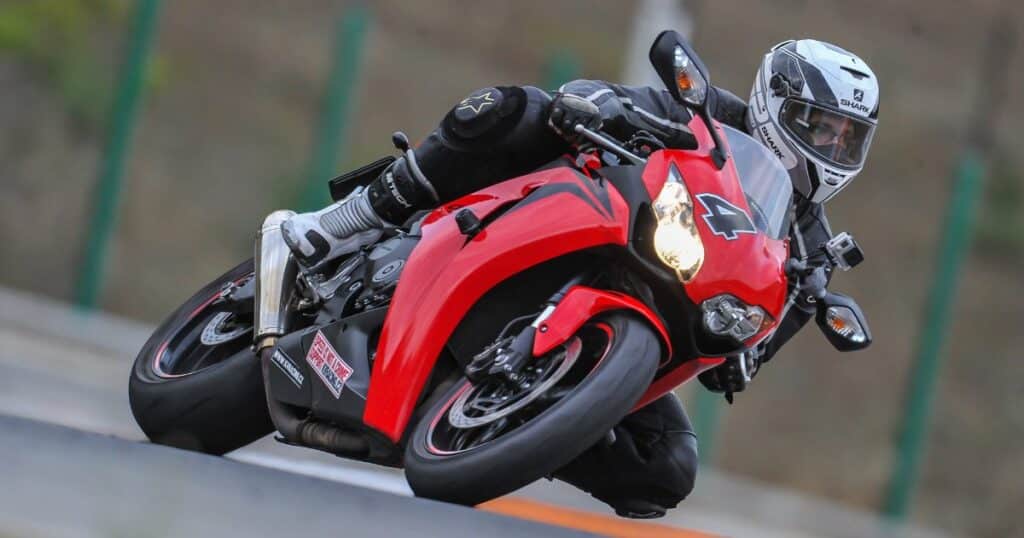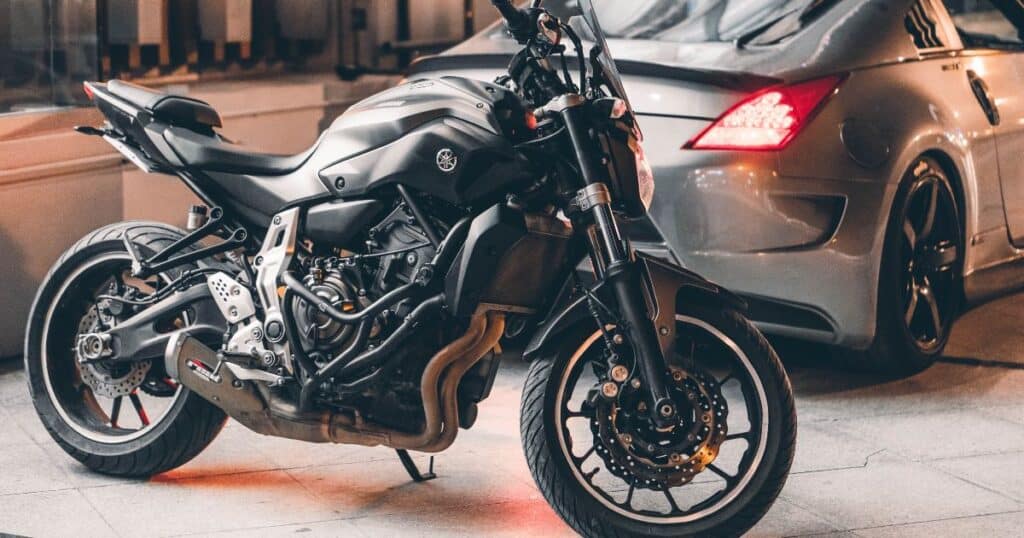Are rising tariffs steering your dealership’s sourcing strategy into uncharted territory? If so, you’re not alone. Across the U.S., dealerships — especially in the powersports and motorcycle industries — are navigating around new cost barriers by shifting their supply chains from Europe to regions like Mexico, India, and Southeast Asia.
For years, Europe was the go-to for high-quality motorcycle parts and luxury models. But with the growing burden of U.S.–EU tariff penalties, dealers are now rethinking that relationship. The result? A swift and strategic pivot to more affordable and tariff-friendly sourcing partners.
The Tariff Tug-of-War
What’s Fueling the Shift?
In recent years, tariffs have hit hard, particularly in the automotive and motorcycle sectors. The U.S. has levied additional import duties on European goods in response to trade disputes — and Europe has responded in kind. These tensions have made importing from traditional European suppliers a costly game.
How Tariffs Are Affecting Dealers
Dealers have found themselves stuck in the middle, absorbing higher import costs that eat into already slim margins. For many, raising consumer prices isn’t a viable option in a highly competitive market. Instead, sourcing cheaper parts or vehicles from new regions has become a survival tactic.
Categories Under Pressure
Tariffs are affecting more than just complete motorcycles; components like brake systems, suspensions, tires, and even aftermarket accessories have been caught in the crossfire. That puts pressure not just on retail but also on repair shops and independent motorcycle service providers. And for shippers like AA Motorcycle Shipping, this shift also influences how and where we move inventory and parts.
Where Dealers Are Turning Now

Mexico: Proximity Pays Off
Mexico is becoming a hotspot for U.S. motorcycle dealers and powersports distributors. The benefits are obvious — low labor costs, shorter shipping times, and favorable trade terms under the USMCA (United States–Mexico–Canada Agreement). For many dealers, this means they can maintain supply without breaking the bank.
India: A Rising Motorcycle Powerhouse
India is one of the world’s largest producers of motorcycles and motorcycle parts. Brands like Bajaj, Hero, and TVS are already global players, and many U.S. importers are tapping into their production pipelines. The quality has improved dramatically in recent years, offering a solid alternative to higher-cost European components.
Southeast Asia: Growing Manufacturing Clout
Countries like Thailand, Vietnam, and Indonesia are rapidly building reputations for reliable manufacturing. Southeast Asia is especially attractive for parts sourcing — think cables, lights, mirrors, and tires. As infrastructure and quality controls improve, these nations are becoming a preferred option for dealers looking to diversify.
What Dealers Are Buying

Components and Accessories
Dealers aren’t just sourcing motorcycles themselves; they’re also bringing in thousands of parts to support their service departments. Everything from sprockets to windscreens is now more likely to come from Asia than Europe. The cost savings on bulk orders can be significant, especially when importing through tariff-light routes.
Budget and Mid-Range Vehicles
We’re also seeing a rise in demand for affordable bikes that can compete with European models without the steep price tag. Indian and Thai manufacturers are stepping up to meet this need with efficient, stylish, and reliable options. For dealerships that cater to beginner riders or price-sensitive markets, this shift is a game changer.
Aftermarket Customization Parts
Aftermarket sales are critical for both revenue and customer retention, and many dealers now look to Southeast Asia for this inventory. Whether it’s custom seats, LED kits, or unique handlebars, importing these parts without tariffs makes them more accessible. That’s a big win for enthusiasts and the dealerships that serve them.
How Do These Regions Compare?
To help dealers better understand the trade-offs involved in shifting sourcing from Europe to other regions, here’s a quick comparison table. It breaks down the critical factors impacting sourcing decisions:
| Factor | Europe | Mexico | India | Southeast Asia |
|---|---|---|---|---|
| Tariff Impact | High tariffs under recent U.S.-EU trade disputes | Minimal tariffs under USMCA | Moderate tariffs, but often lower than Europe | Low to moderate tariffs, with some trade agreements |
| Shipping Time to U.S. | Long (10-20 days sea freight) | Short (3-7 days by truck/sea) | Moderate (15-25 days sea freight) | Moderate (15-20 days sea freight) |
| Labor Costs | High | Low | Very low | Low to moderate |
| Product Quality | Premium and reliable | Generally good with growing quality controls | Improving rapidly, especially in motorcycle components | Improving, but quality varies by supplier |
| Regulatory Compliance | Established with U.S. standards | Easier compliance due to proximity | Requires additional checks and certifications | Varies, may need extensive certification |
| Supply Chain Stability | Stable but vulnerable to tariffs | Stable with good infrastructure | Growing but sometimes volatile | Developing, some risk of disruption |
| Popular Products Sourced | Luxury motorcycles, specialized parts | Mid-range motorcycles, key components | Budget motorcycles, parts & accessories | Aftermarket parts, mid-range bikes, accessories |
| Environmental Regulations | Strict (EU and U.S. aligned) | Moderate | Looser but improving | Varies widely |
This comparison highlights why many dealers and importers are increasingly favoring Mexico, India, and Southeast Asia as alternatives. Not only do these regions help avoid hefty tariffs, but they also offer logistical advantages and competitive pricing that are vital in today’s market.
How the Shift is Playing Out in the Real World
A Dealership Example from the Southwest
One mid-sized motorcycle dealership in Arizona recently cut its European parts orders by 70% and ramped up sourcing from Indian suppliers. The result? Faster turnaround times, significantly lower shipping fees, and more consistent inventory availability.
Importers Adjusting Their Models
Independent importers have also changed lanes — now focusing on consolidating shipments from Southeast Asia to minimize costs. Many now offer bundled inventory packages to dealers that include parts, accessories, and even display materials. These efficiencies weren’t possible with the fragmented European supply model.
How AA Motorcycle Shipping Supports the Transition
As dealerships change sourcing locations, AA Motorcycle Shipping has adapted with them. We’ve increased our logistics capabilities in port cities that handle Asian and Latin American freight. Our nationwide door-to-door motorcycle shipping ensures that dealers get their new inventory safely, whether it’s coming from a nearby warehouse in Mexico or a distant port on the West Coast.
The Bumps in the Road
Quality Control Issues
Not all suppliers are created equal. Dealers need to vet new sources carefully to avoid parts that don’t meet U.S. quality expectations. Missteps here can lead to costly returns or worse — customer complaints and safety issues.
Regulatory and Certification Challenges
Parts from India or Thailand may not automatically meet DOT or EPA standards. This requires additional scrutiny and often paperwork before resale in the U.S. Dealers are learning to factor in these compliance steps when choosing a new supplier.
Supply Chain Volatility
Political instability, labor issues, or natural disasters can quickly disrupt sourcing from distant regions. That’s why many dealers are investing in redundancy — having multiple suppliers in different countries. It’s a hedge against risk, and one that smart dealerships are prioritizing more than ever.
What the Future Looks Like
Automakers and OEMs Respond
Large brands like Harley-Davidson, Honda, and KTM are also exploring more flexible global sourcing strategies. As they diversify their supplier networks, smaller dealers are often able to piggyback on these broader logistics changes. This helps level the playing field for independents.
Policy May Shift Again
Trade negotiations are ongoing, and the political winds could blow tariffs away — or make them worse. Dealers are keeping an eye on Washington and Brussels, but most aren’t waiting to react. Instead, they’re proactively adjusting their supply chains to be leaner and less exposed to trade spats.
Long-Term Resilience
The shift away from Europe is more than a short-term cost-saving move. It’s part of a broader trend toward regionalization, resilience, and digital supply chain management. For many U.S. motorcycle dealers, this marks a permanent change in how business gets done.
Take Away
Tariffs have undoubtedly disrupted the traditional flow of goods in the motorcycle industry. But smart dealerships aren’t standing still — they’re adapting by looking south and east for sourcing alternatives that are more cost-effective and less exposed to trade friction. From parts and accessories to budget-friendly vehicles, the market is expanding far beyond Europe.
At AA Motorcycle Shipping, we’ve seen firsthand how these changes are reshaping the industry. We’re here to support dealers through every phase of this transition — offering reliable, secure, and nationwide motorcycle shipping that keeps inventory flowing, no matter where it’s sourced.
Whether you’re a dealership adjusting to new trade dynamics or a distributor looking for shipping solutions tailored to your evolving supply chain, the message is clear: Flexibility is the new competitive advantage.




